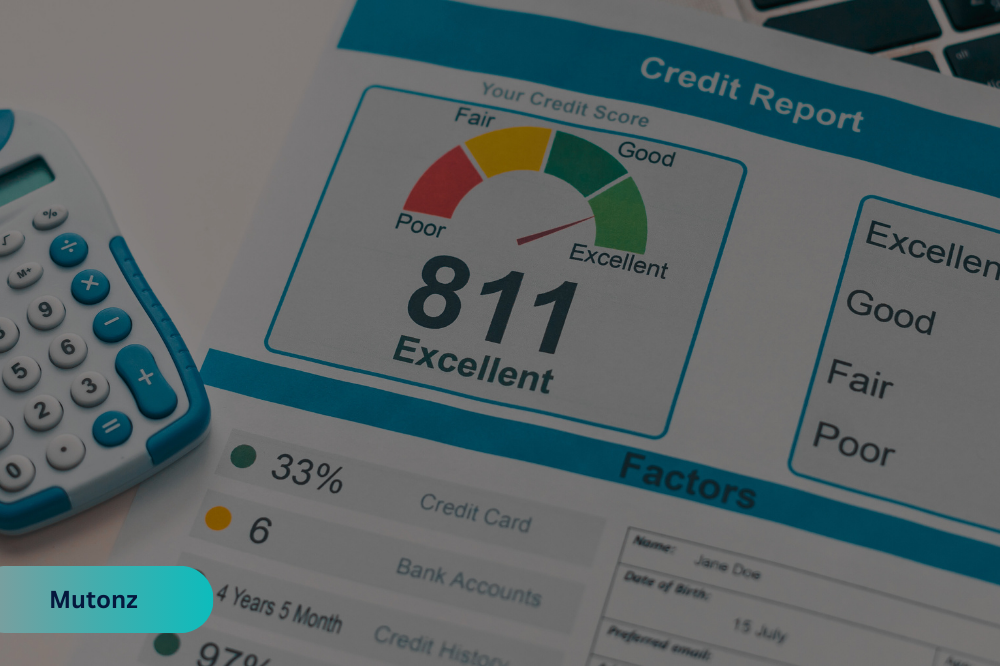Credit scores play a crucial role in determining your financial health and borrowing potential. The different credit score ranges are what lenders look at when borrowing you money or setting interest rates.
Several key factors influence your credit score, like Payment History, Credit Utilization, Credit Age and Mix, and New Credit Inquiries. Knowing what each score mean and how to improve yours is essential for anyone looking to maintain or enhance their financial standing. So, without further ado, let's explore this topic!
What Are the Different Credit Score Ranges?
There are many scoring models and each of them categorize the scores into different levels that symbolizes your creditworthiness. The most common scoring model, FICO, have ranges classified as:- Poor (300-579)
- Fair (580-669)
- Good (670-739)
- Very Good (740-799)
- Excellent (800-850)
What Does Each Credit Score Range Mean?
Poor (300-579)
This range indicates a very high credit risk. Lenders view individuals in this category as unreliable borrowers. If your score falls within this range, you may face challenges in obtaining credit cards, loans, or mortgages. If approved, you’re likely to encounter high interest rates and unfavorable terms.- Common Causes: late payments, high credit utilization, or having no credit history.
- Impact: difficulty in securing any form of credit and higher insurance premiums.
Fair (580-669)
In this range, lenders consider you to be a subprime borrower. While you may qualify for credit products, you’ll likely receive higher interest rates compared to those with higher scores.- Common Causes: some missed payments or moderately high credit utilization.
- Impact: limited access to competitive rates on loans or credit cards.
Good (670-739)
A good credit score is often the minimum required for many credit products. Borrowers in this category are considered low risk, and they typically qualify for favorable loan terms and moderate interest rates.- Common Causes: on-time payments and moderate credit utilization.
- Impact: access to a broad range of credit products with reasonable terms.
Very Good (740-799)
In this range, borrowers are considered very low risk. Lenders are more likely to offer competitive interest rates and better terms on credit products.- Common Causes: long credit history, consistent on-time payments, and low credit utilization.
- Impact: high likelihood of approval for premium credit cards and loans.
Excellent (800-850)
This is the highest credit score range, representing exceptional creditworthiness. Borrowers in this range enjoy the best terms, including the lowest interest rates and exclusive credit products.- Common Causes: long credit history, diverse credit mix, and excellent payment history.
- Impact: access to the best financial products and significant savings on interest rates and fees.
How Can I Improve My Score?
Improving your credit score requires consistent effort and strategic financial management. Here are some tips:- Make On-Time Payments: payment history accounts for a significant portion of your credit score. Set up reminders or automatic payments to ensure you never miss a due date.
- Reduce Credit Utilization: aim to keep your credit utilization ratio below 30%. This means using less than 30% of your available credit limit.
- Limit Hard Inquiries: each credit inquiry can slightly lower your score. Only apply for credit when necessary.
- Keep Old Accounts Open: the length of your credit history positively impacts your score. Avoid closing old accounts unless absolutely necessary.
- Pay Down Debt: reducing your overall debt improves your score and shows lenders you’re responsible.
- Dispute Errors on Your Credit Report: regularly review your credit report for inaccuracies and dispute any errors with the credit bureaus. You can access credit reports from major credit bureaus (Experian, Equifax, and TransUnion) or once a year through AnnualCreditReport.com.



 8 Common Mistakes to Avoid When Filing Your Taxes
8 Common Mistakes to Avoid When Filing Your Taxes  Age Limits for Children’s Bank Accounts: What Parents Need to Know
Age Limits for Children’s Bank Accounts: What Parents Need to Know  The Impact of Artificial Intelligence Advancements on the Financial Lives of Americans
The Impact of Artificial Intelligence Advancements on the Financial Lives of Americans